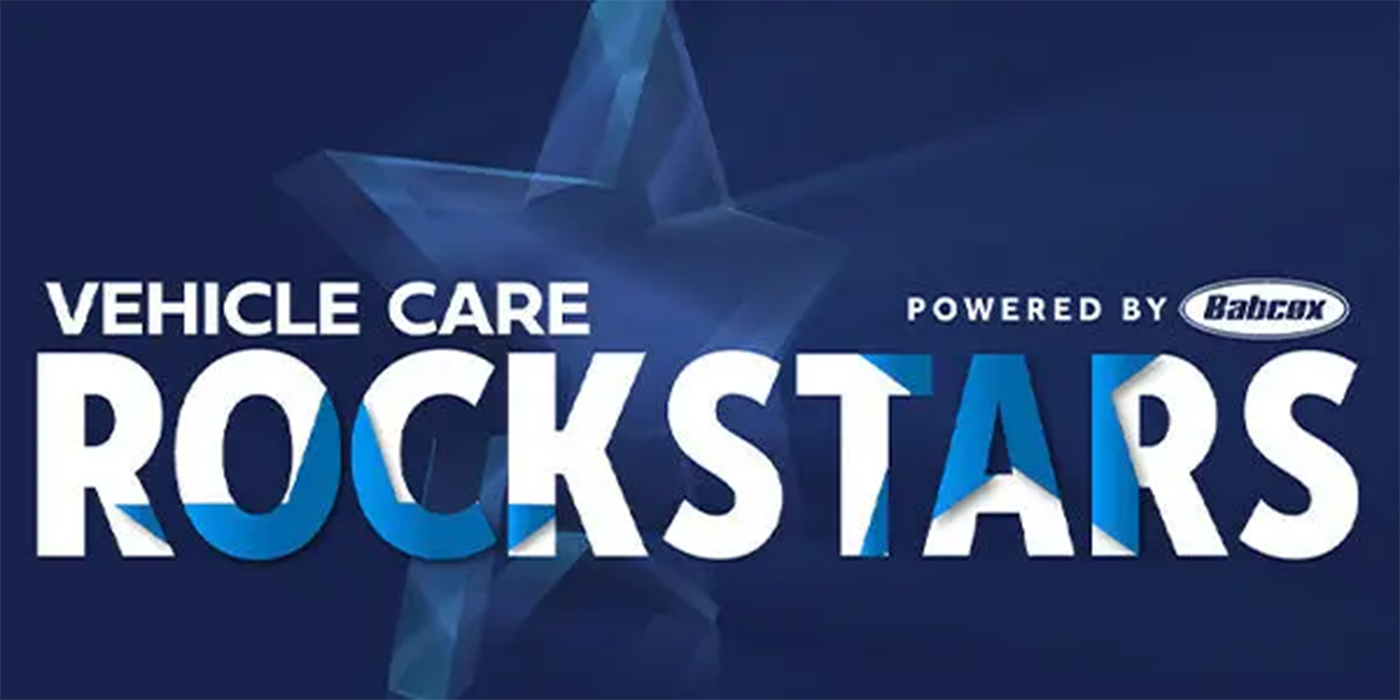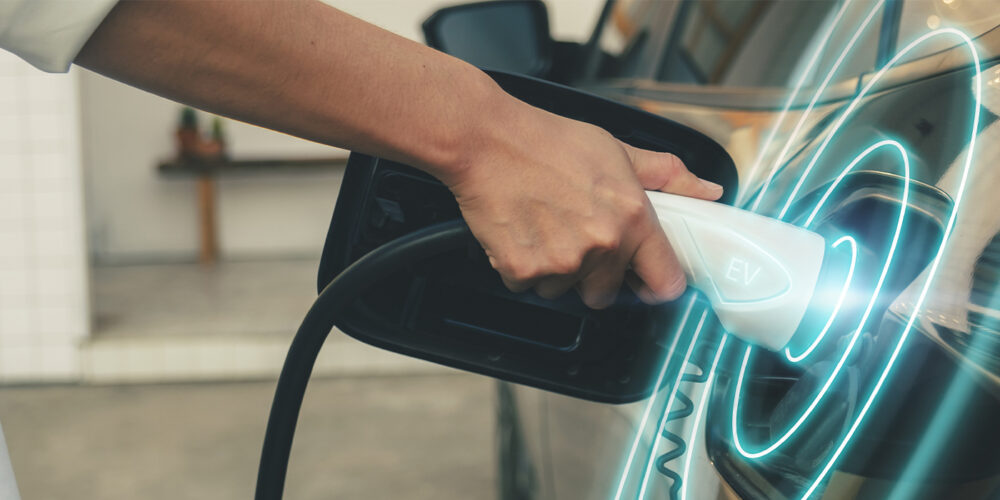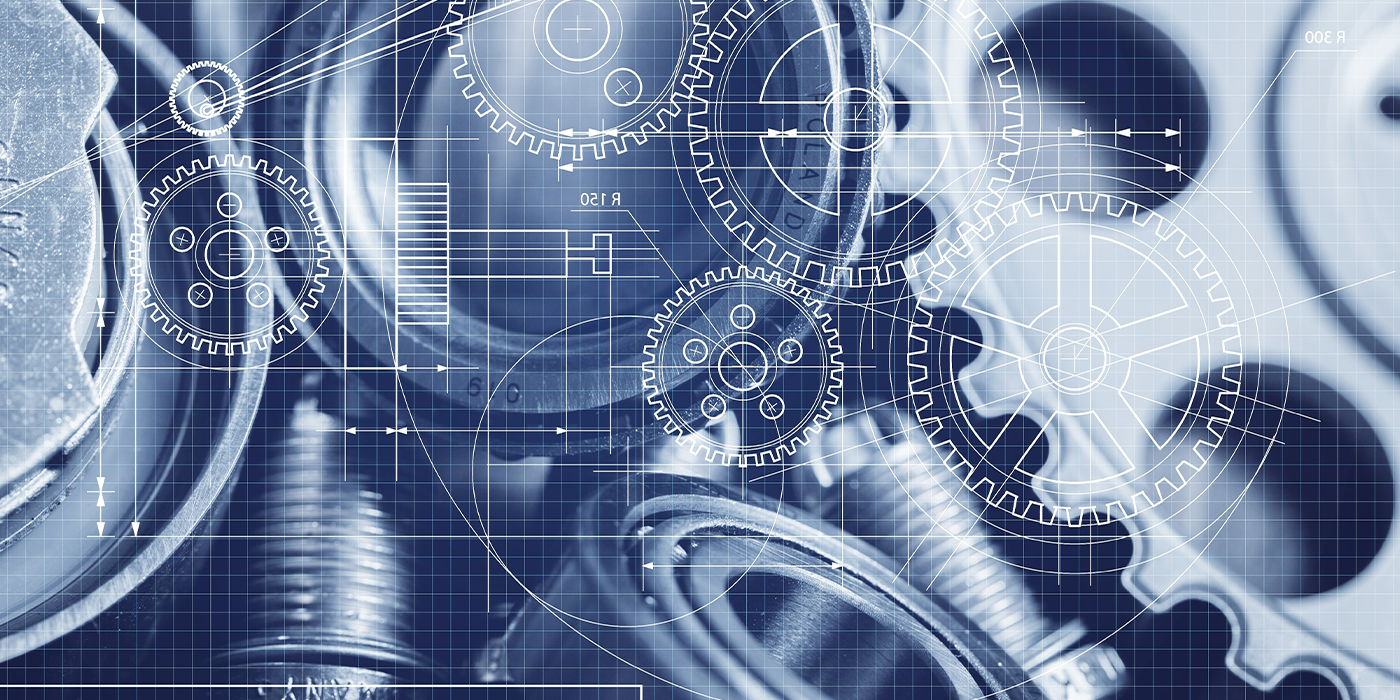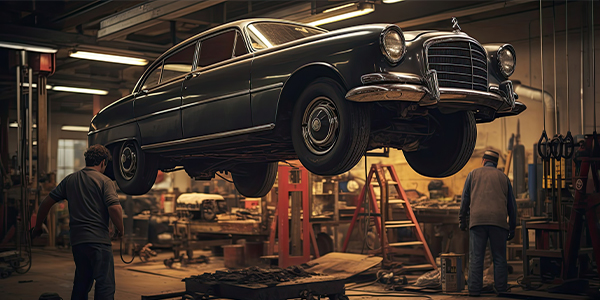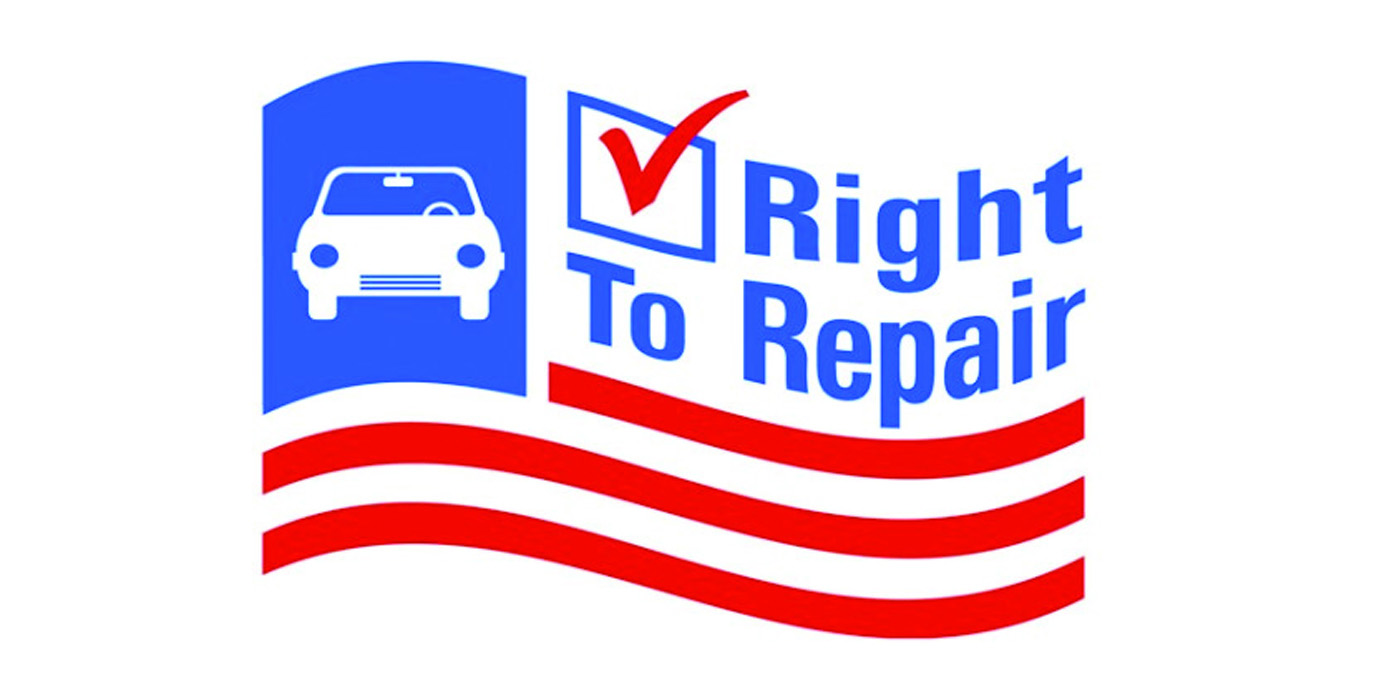Sure there was some finger pointing at bad shops, parts retailers and all manners of social and economic ills. But as the thread matured, one undeniable truth became evident. It was that the best shops shift more to meet the needs of their customers, communities and the bottom line rather than shifting in the economic, social and technological winds.
Some shop owners look at miles driven, consumer data and other information generated by surveys and economic indicators. But, it does not take a degree in economics to see that the best shops do well because they know the needs of their customers and how to deliver a product drivers will pay a premium for.
It has happened many times before. In the early 1930s, shops were concerned that molded friction sets would run some shops out of business. Previously, shops bought rolls of asbestos woven friction materials and they would cut it to length and riveted or bonded it to the old shoes. As vehicles and roads improved, pre-molded friction sets started to became more common.
To reline with one of these sets required ovens and bonding equipment to remove the old material and apply the new set. Some shops were panicking. The idea of having to manage cores and an inventory of friction sets had some shops turning away vehicles and thinking about going out of business. But, the good shops made the investment in bonding and riveting equipment. But, it all changed when jobbers started to stock complete shoes.
It happened again in the early 1960s when disc brakes started to find their way onto more domestic vehicles. Many shops had seen them in the 1950s on exotic vehicles like Jaguars and Crosleys. When some shops started to see disc brakes on more Pontiacs and Chevrolets, they complained that they did not understand how calipers and brake boosters worked and they complained because it was difficult keeping lateral runout under .005. But, the good shops had already invested in training and tools long before they had problems servicing the disc brakes.
Today, shops are facing similar challenges. Servicing ABS and traction control systems are separating the good from the bad shops. Also, electric/electronic parking brakes are starting to find their way into service bays confounding more shops.
The goods shops have made the investments in training, tools and information to service these systems while some “bad shops” are arming themselves with conspiracy theories and phrases like, “you’re going to have to take it to the dealer” and “they don’t make them like they used to.”
Ray Croc, the founder of McDonald’s once said, “Look after the customer and the business will take care of itself.” This is true. Good shops that have made the decision to take care of their customers vehicles by investing in tools, training and information will survive and grow. While the shop owner sitting behind the counter watching the doom and gloom coming from the waiting room TV will fail to meet their customers’ needs.




